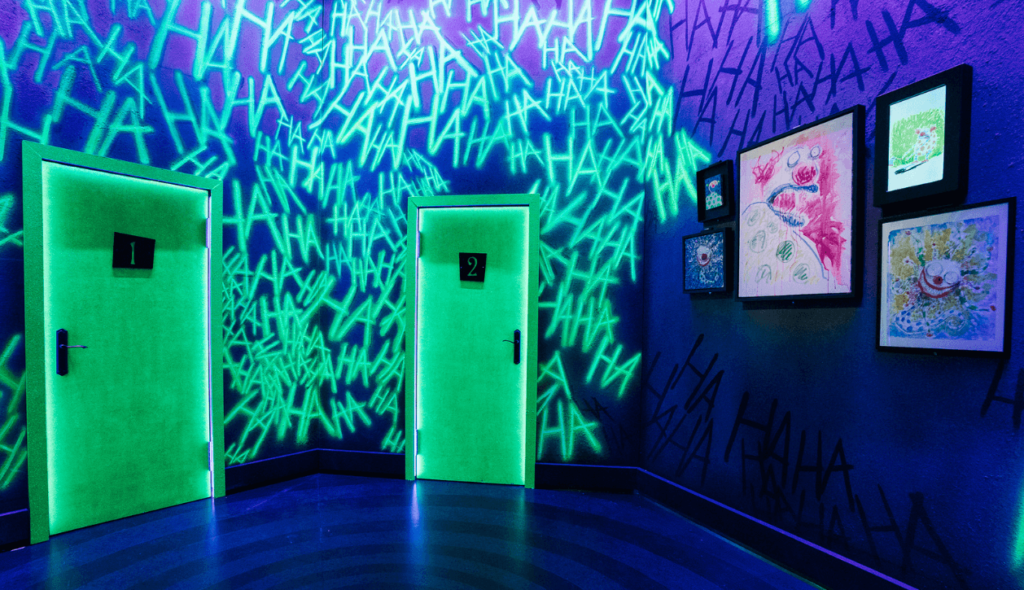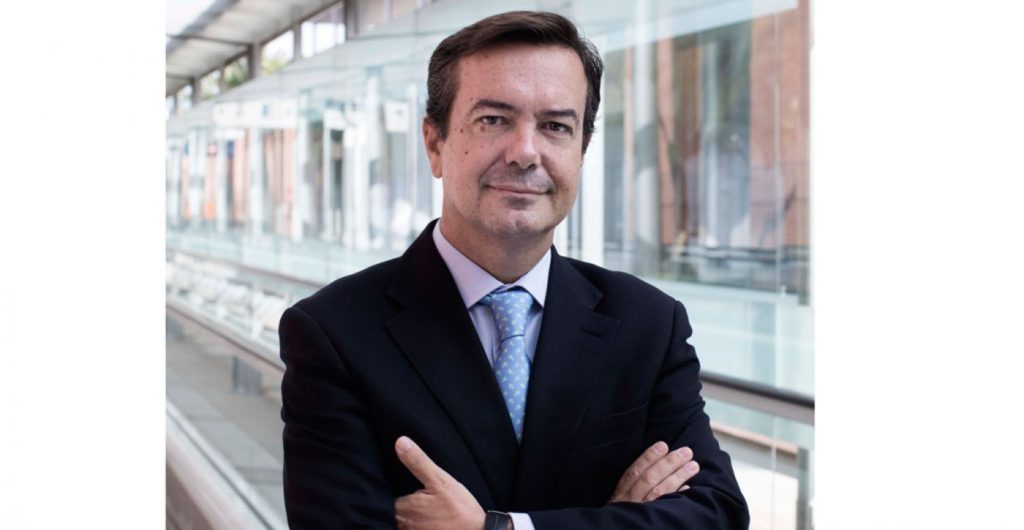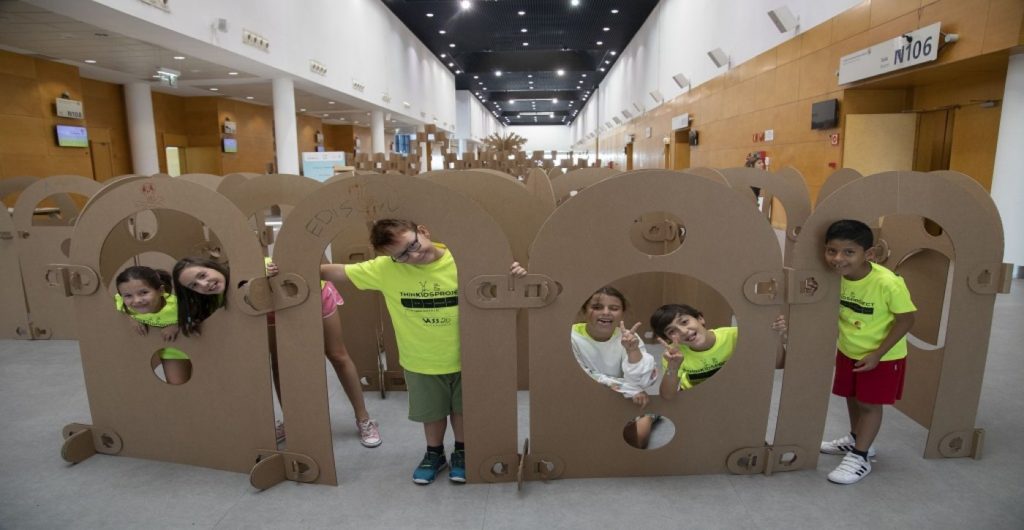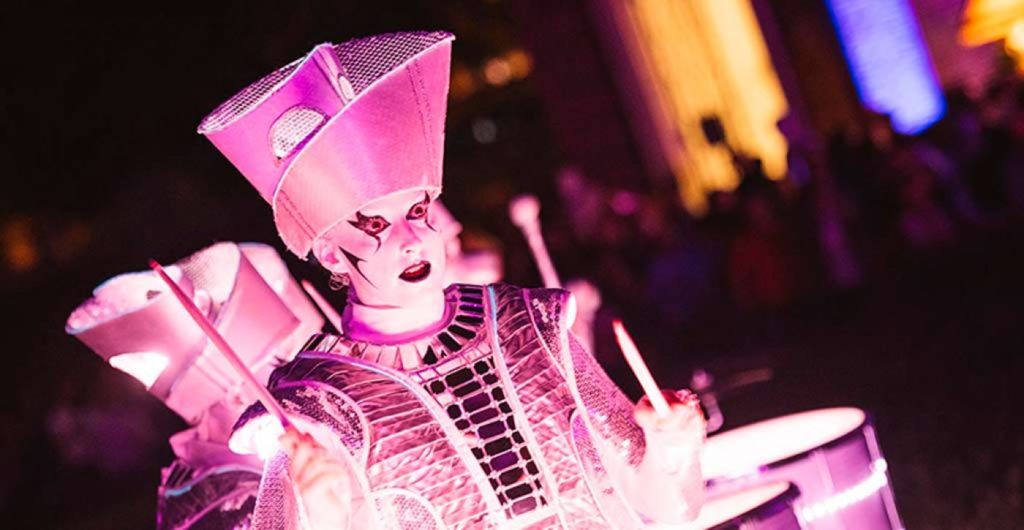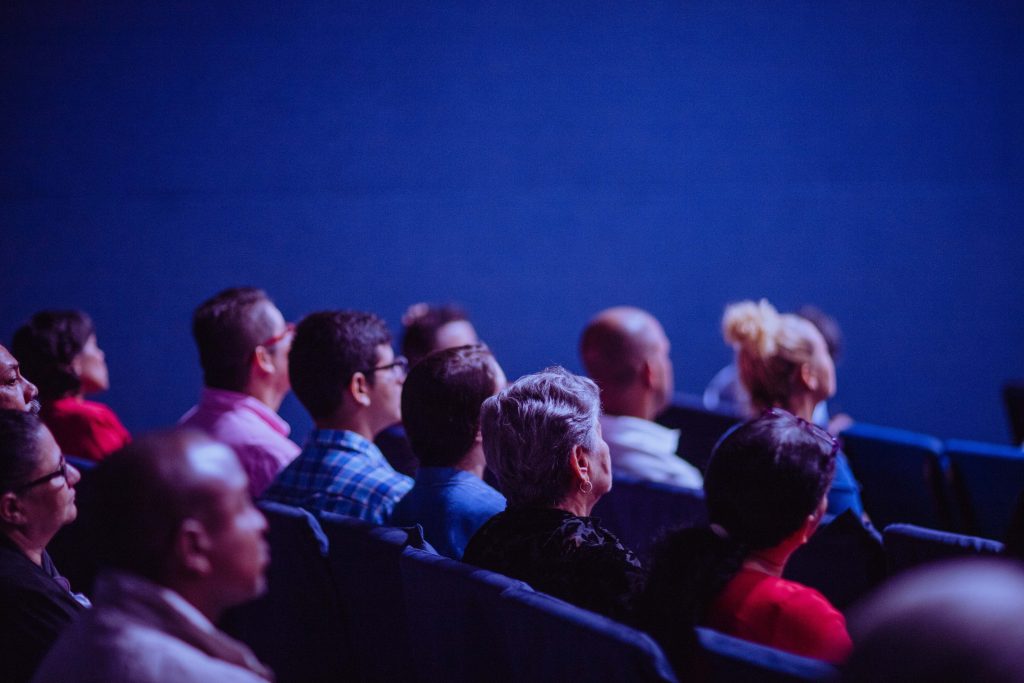The Spanish Cardiology Society organizes ‘eCardio 2018’, a purely online congress
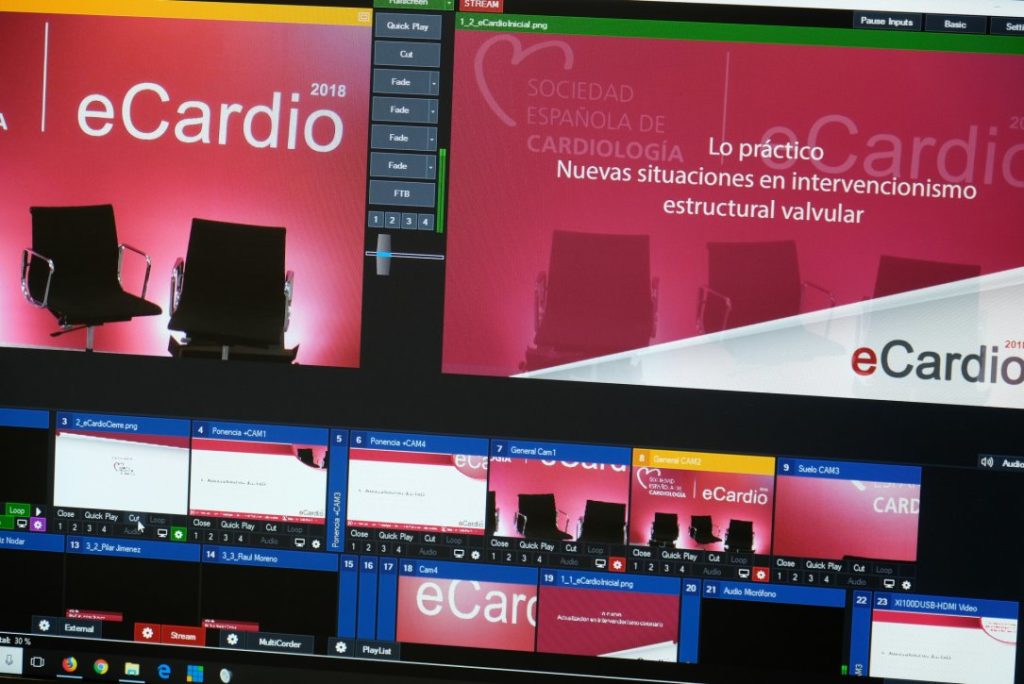
Share news
Listen
Breaking the idea of the classic medical congress. “Taking advantage of the advantages offered by technology to spread scientific content without physical or time borders, we designed a purely digital congress, aimed at cardiology and nursing professionals, but in general, at all health professionals with an interest in prevention, diagnosis and treatment of cardiovascular disease. The majority of participants and speakers were Spanish, although there was a great interest in encouraging the participation of Latin American speakers”, Fernando points out.
How does eCardio work? The members of the SEC access with their personal keys through the website ‘ecardio.es’, while other health professionals could register for free online. It was therefore a virtual event, with an interest in broadening the SEC’s audience and providing value to its members and knowing which ones were interested in the topics and in this format.
Interactive formats. One of the challenges was to generate interest among the participants, and to break the barriers of distance. This was done through activities within the program that brought the assistant closer during trainings, talks, networking sessions, etc. “We designed online formats that stimulated participation. A resource area was designed, offering applications, electronic devices, access to online courses, in order to provide the right content to all participants. Also, a networking area with online chats and forums enabled private and public conversations”, Fernando points out.
Communications of electronic posters. “In addition to the 29 sessions, we made electronic scientific posters: we received between 200 and 300 presentations, of which 135 were selected by the scientific committee”, says Fernando.
Fun activities to liven up the scientific program. During the five days of the congress, a trivial-type contest was held, which consisted in questions to the registered ones”. We designed three levels of difficulty, which involved the participants more… In the end, 427 games were played among 313 different users”, says Fernando.
Accreditation exam. Through the web, doctors and nurses could be accredited through an exam. “To obtain the certificate of attendance, they had to approve 80% of the total number of questions”, says Dr José Juan Gómez de Diego, president of eCardio.
Technical part. According to Fernando, “we made sure we had a server that supported a high number of concurrent connections. The streaming platform was very versatile, since we could broadcast three sessions in parallel. There was a user service through chat to help you solve your problems and technical incidents”.
Figures? A total of 4,490 doctors, nurses and industry professionals signed up (1,039 SEC partners used their access codes). In relation to the posters, 251 were presented, of which 135 were published. And social networks? “A very intense dissemination strategy was designed, which achieved 11,325,829 impressions through Twitter, 28,722 reach on Facebook, and 3,899 impressions on Instagram”, Fernando points out.
A positive balance. Fernando concludes that, “although it is the second virtual congress that we made, this edition was the first one that we developed with 100% own resources. It is not a threat at all to the physical congress, rather the opposite, a complementary offer to our face-to-face meeting”.


